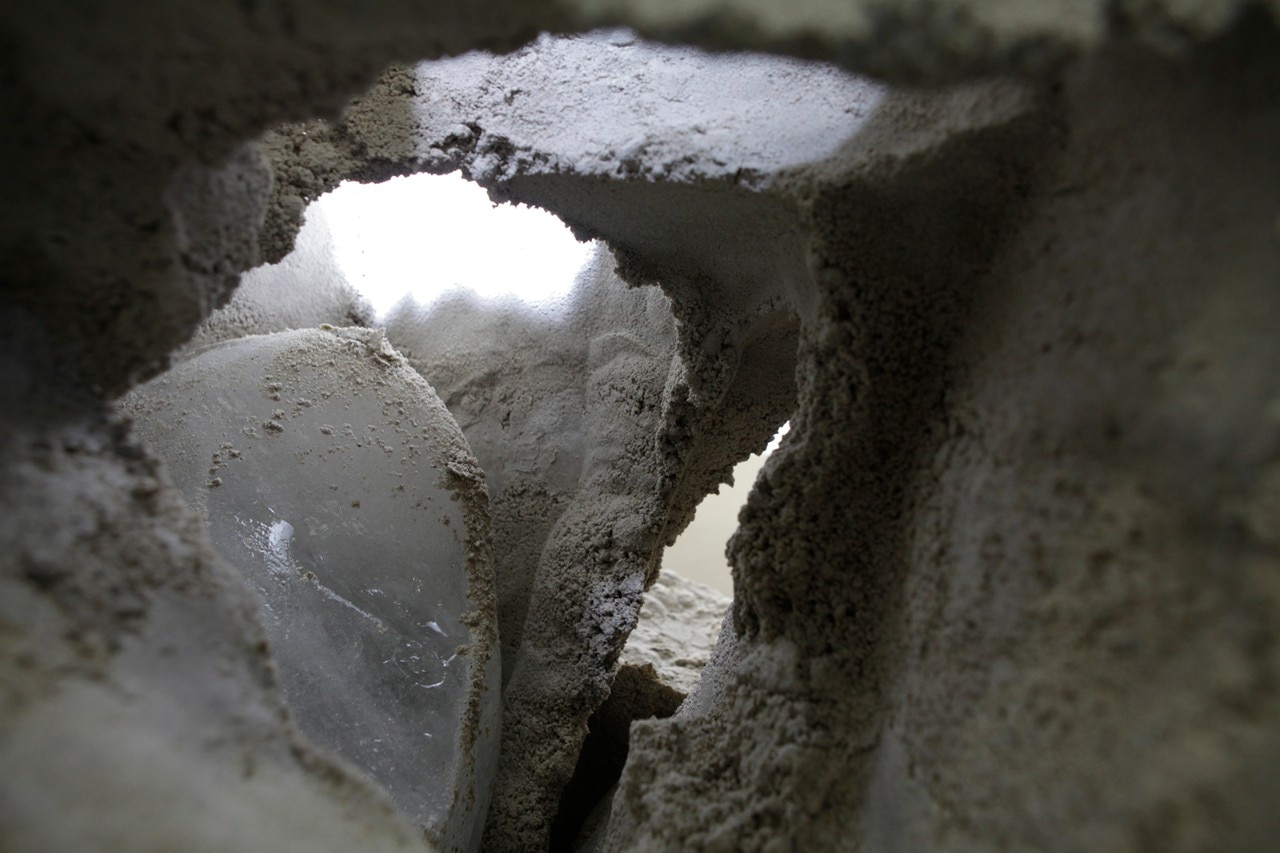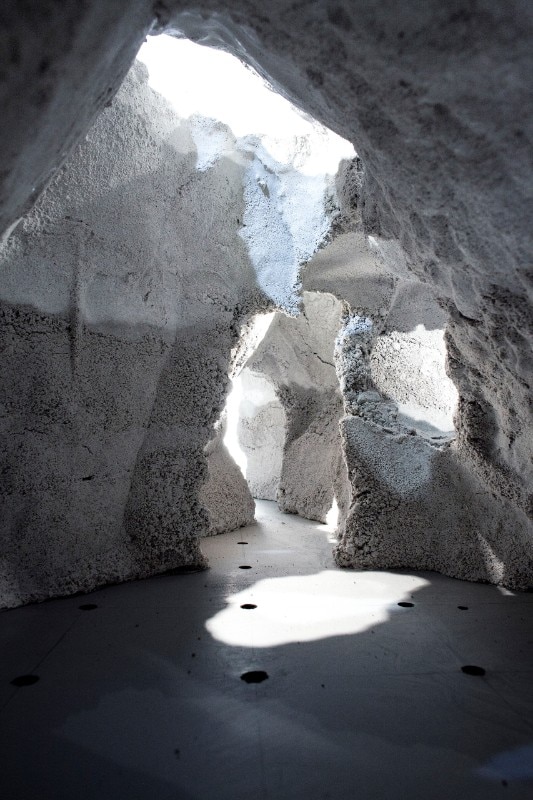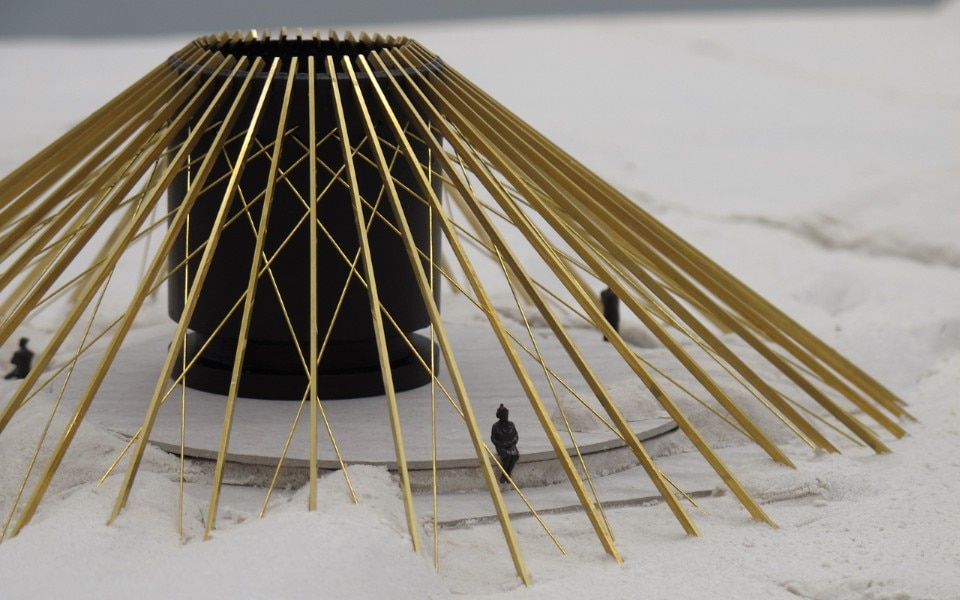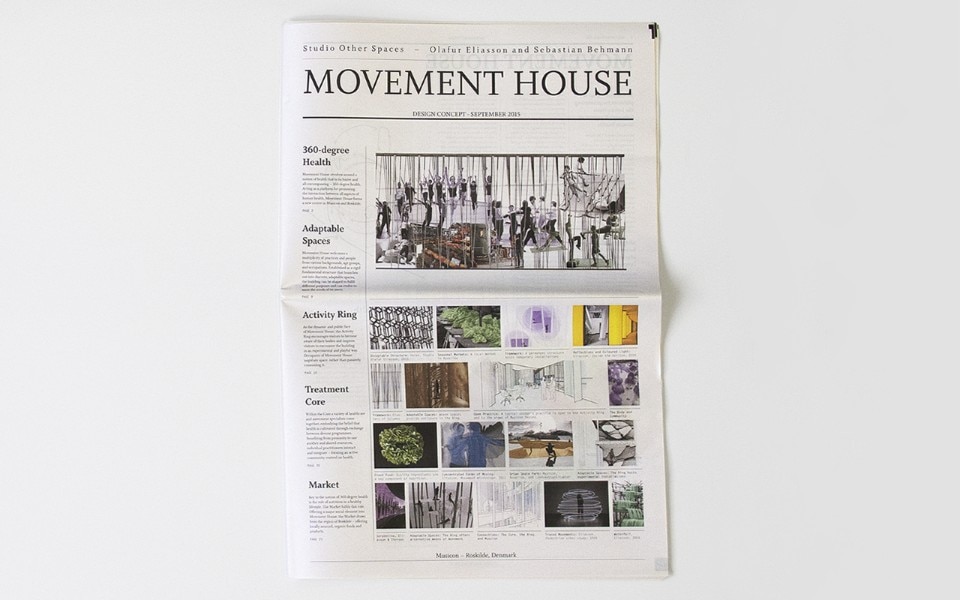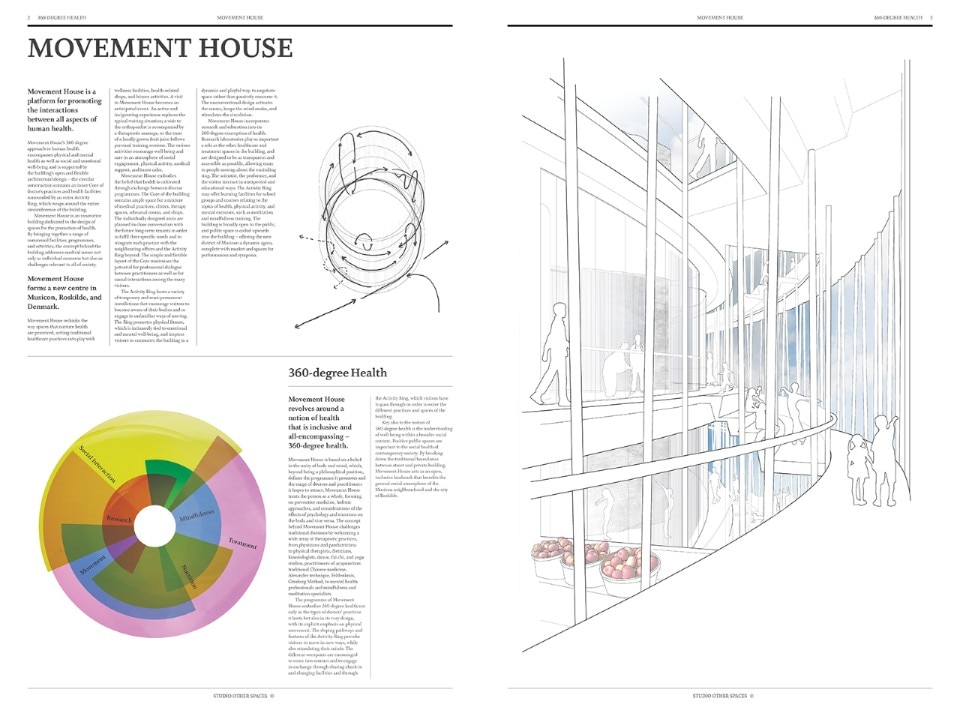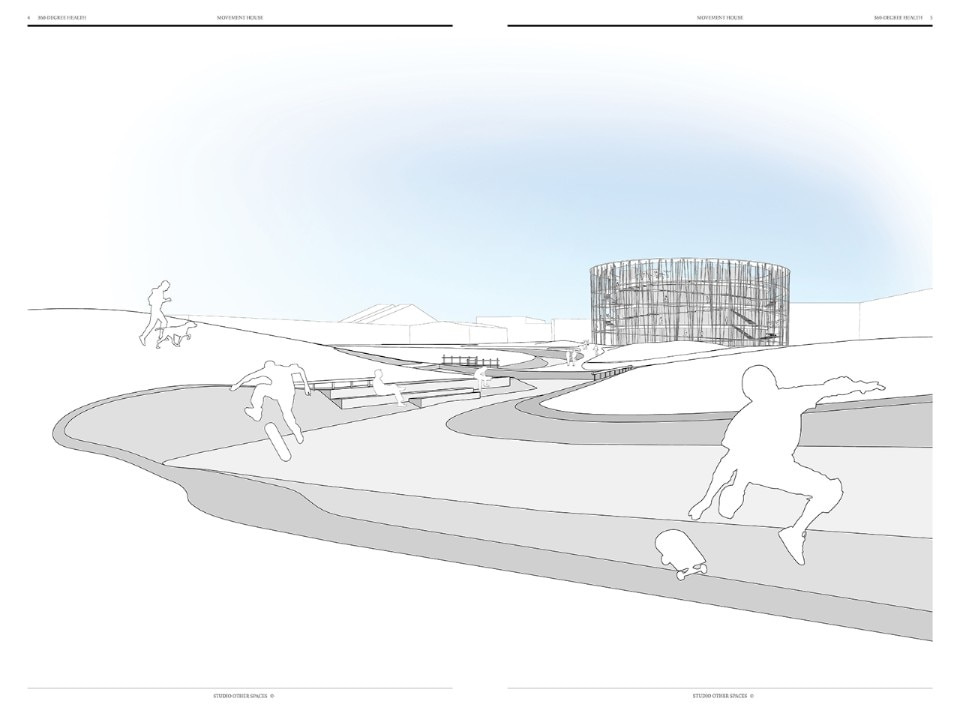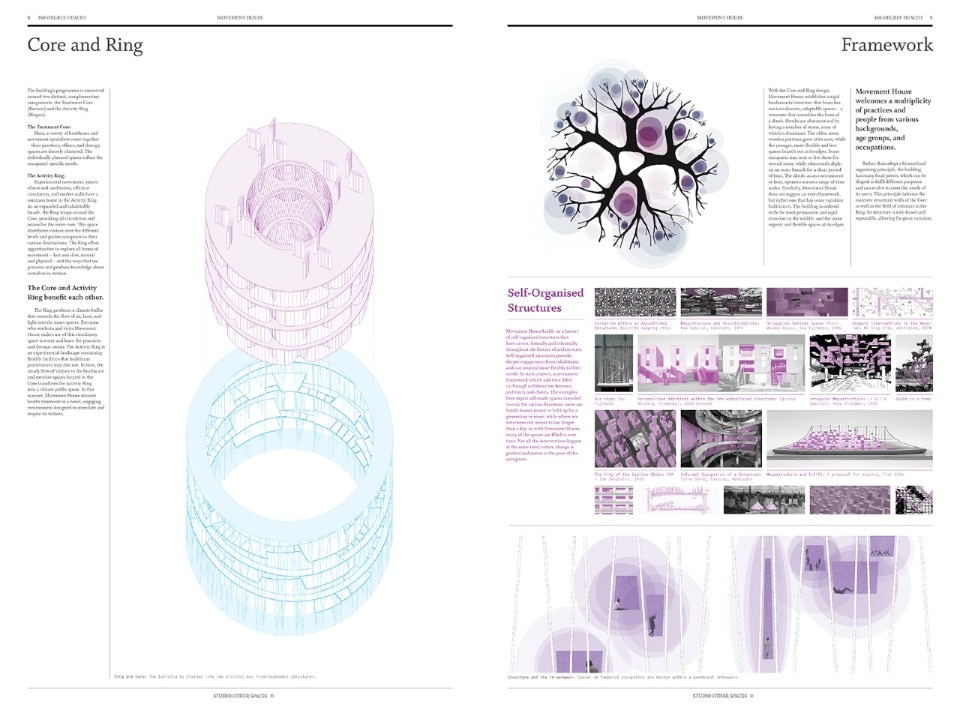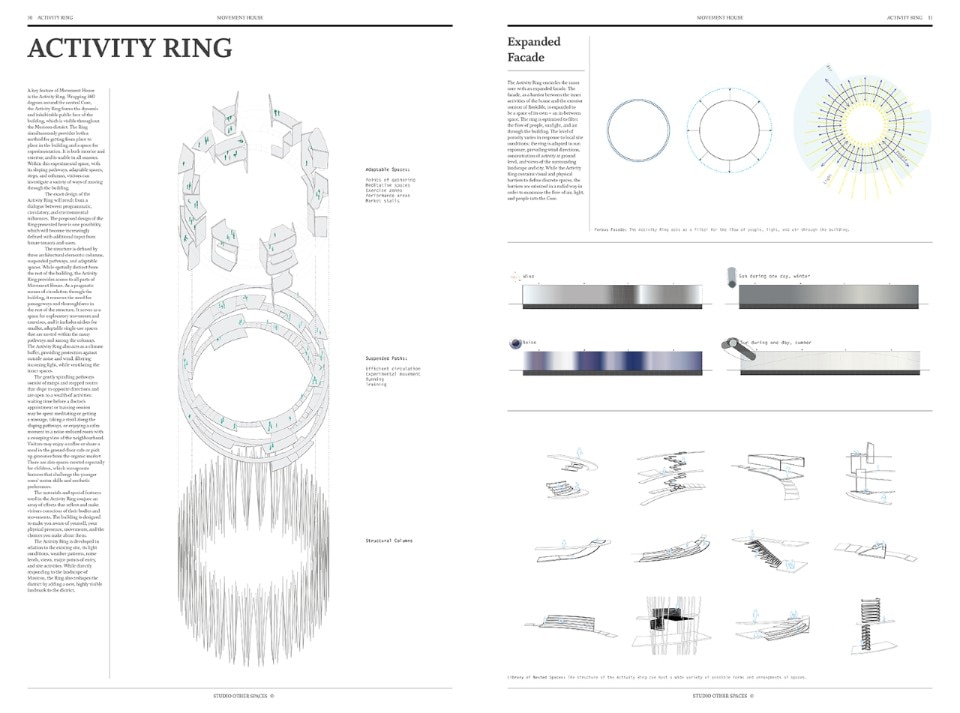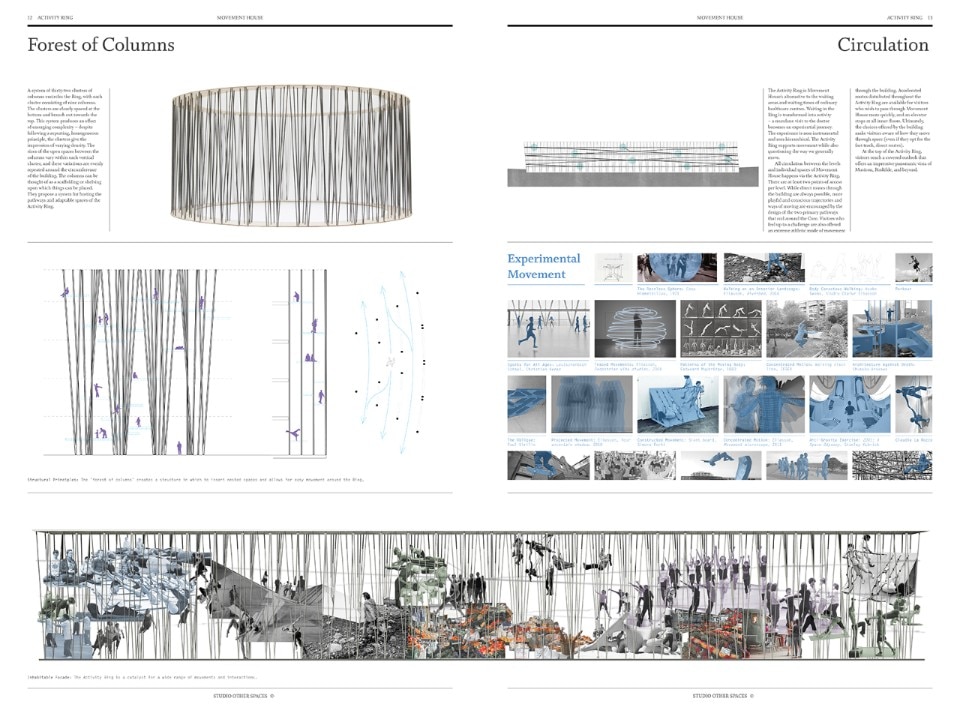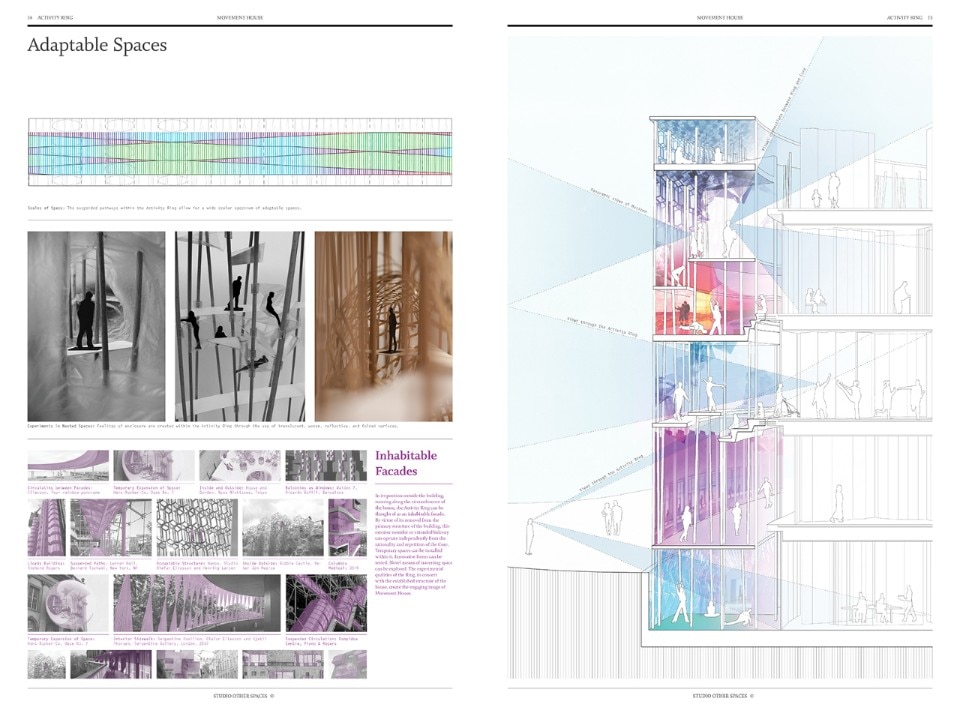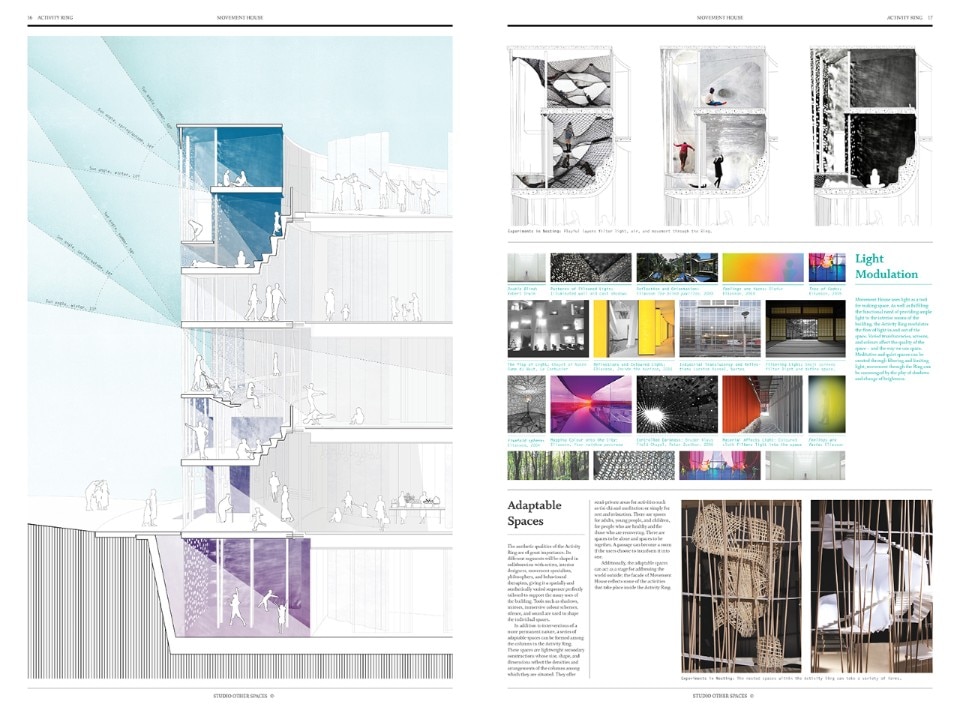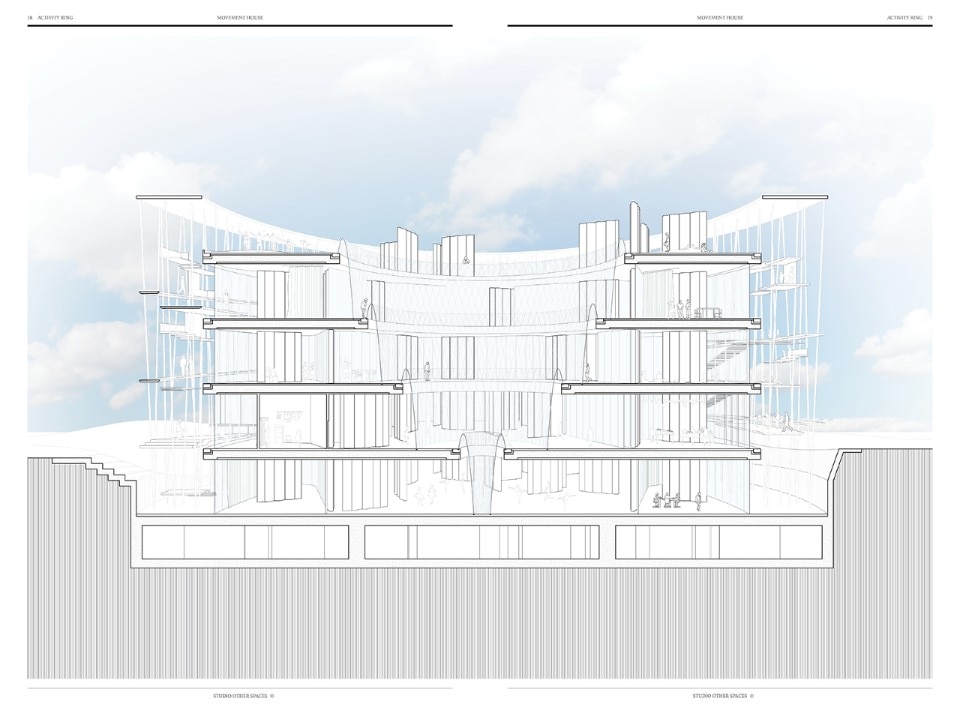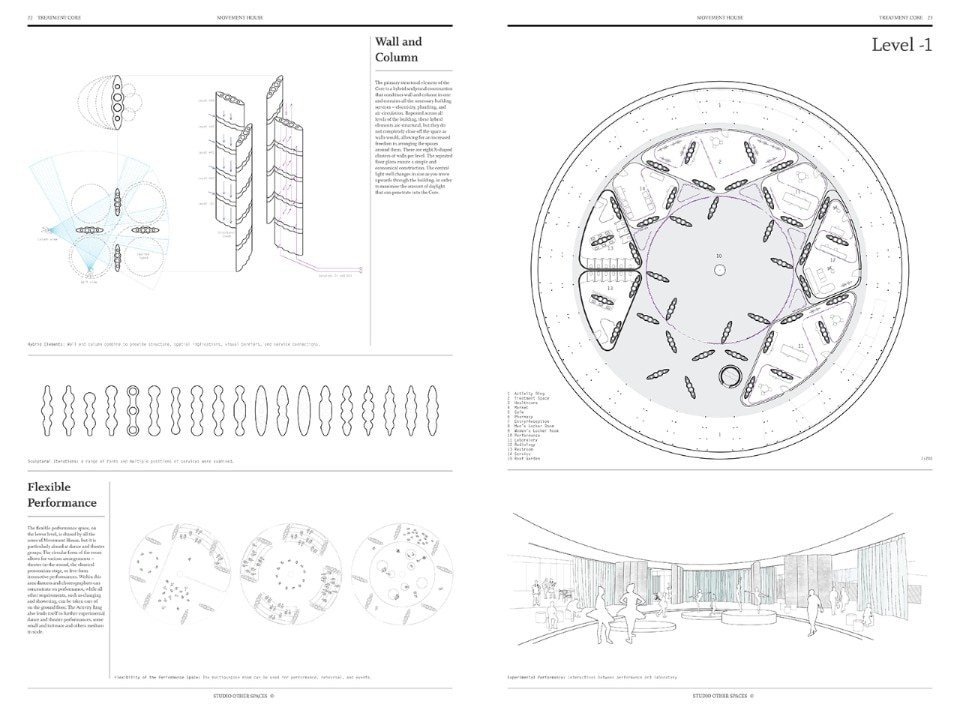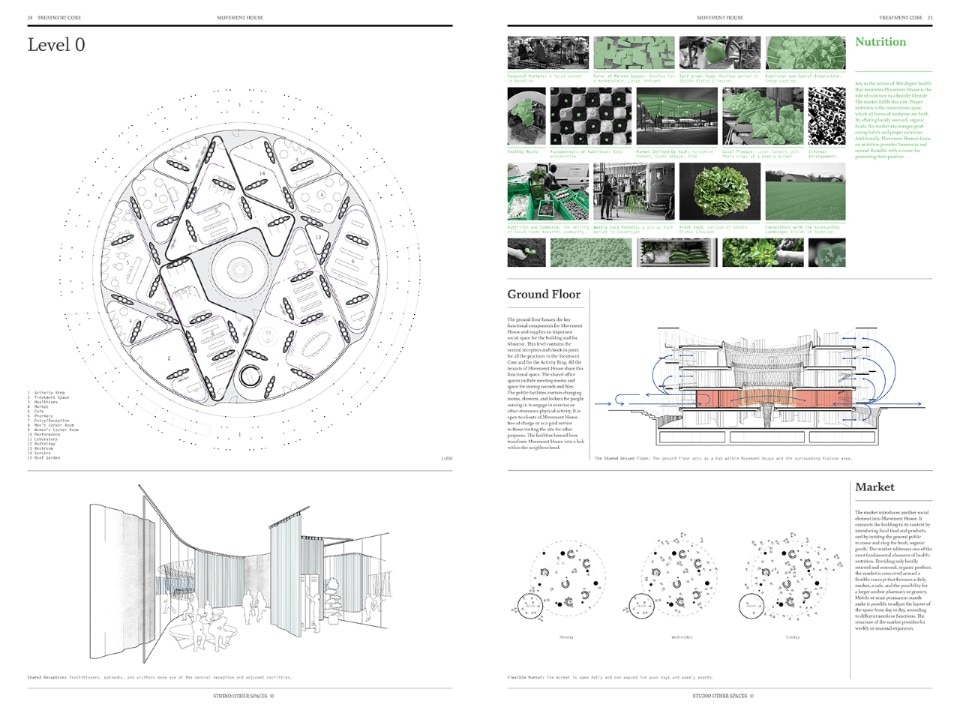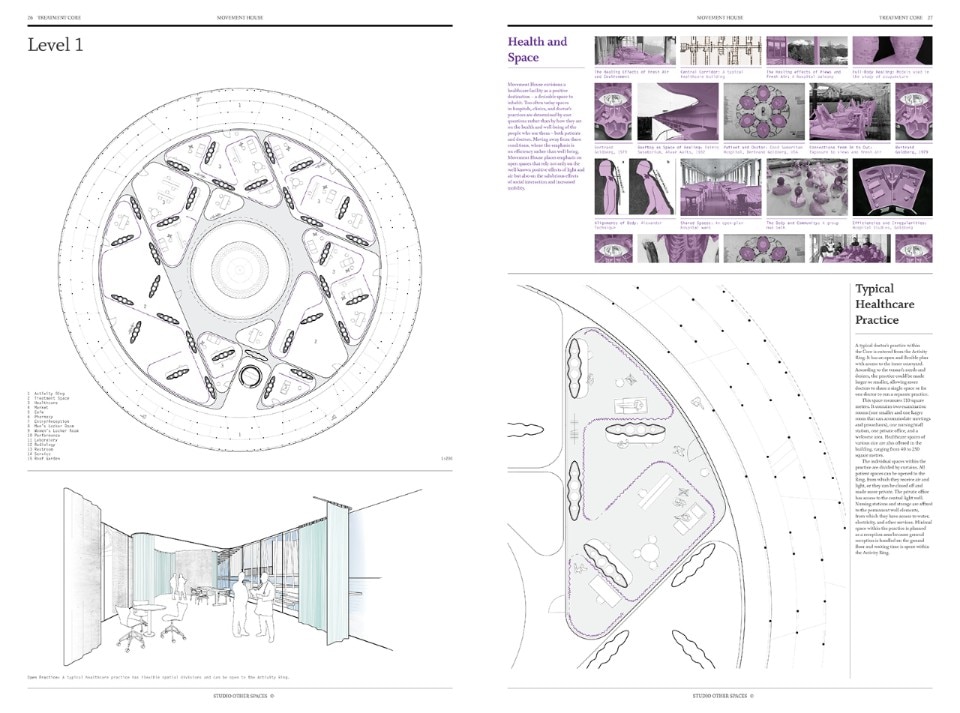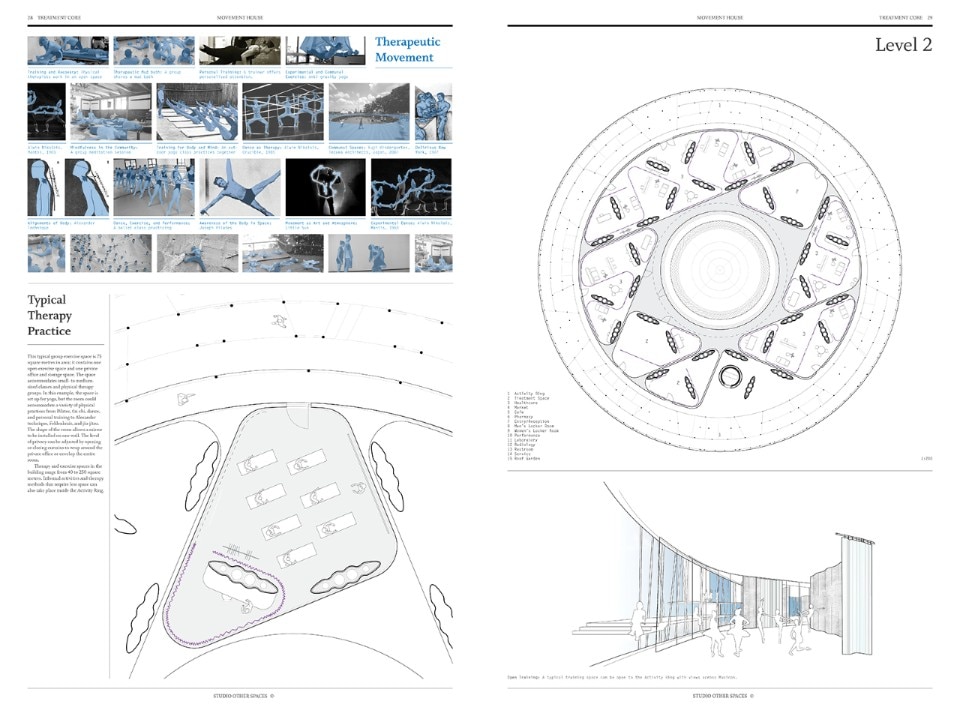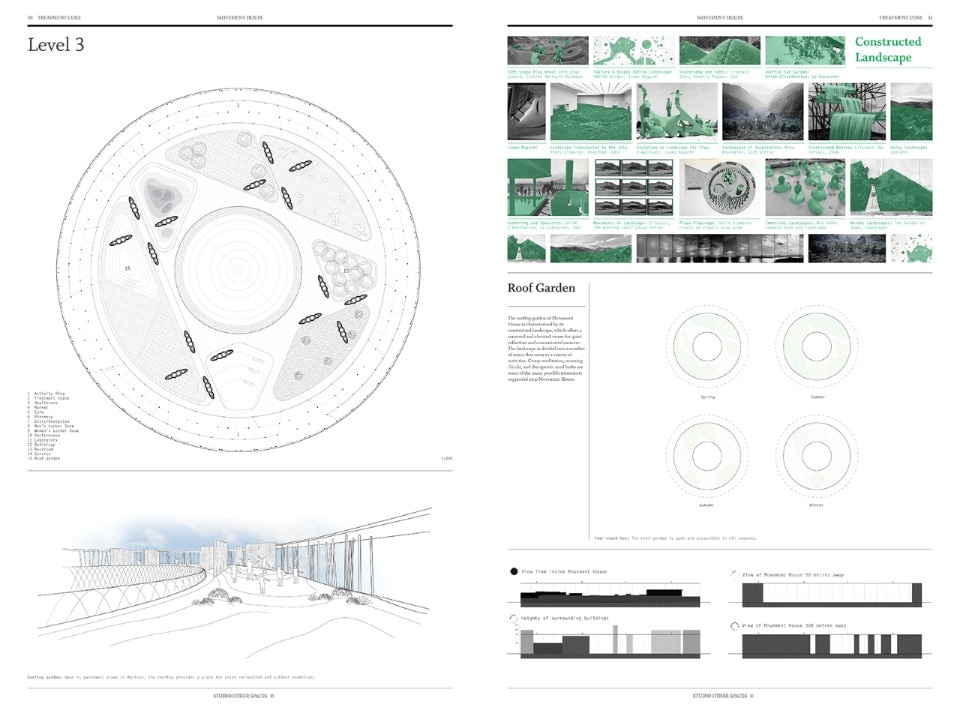We met Sebastian Behmann in Merano at the exhibition ‘Design of Collaboration’ – the first institutional solo show by Studio Other Spaces (SOS) on display at Kunst Meran Merano Arte until 17 January 2021. The German architect, who founded SOS together with the Icelandic-Danish artist Olafur Eliasson, talks about this design partnership exclusively for Domus.
When and how did the SOS idea arise?
The studio was opened in 2014 and reflects the development of a partnership between me and Olafur which has lasted for over twenty years and has led us to create installations, exhibitions and other creative projects (Next to his position as co-founder of SOS, Sebastian Behmann is also the Head of Design at Studio Olafur Eliasson (SOE), ed). It became quite clear early on that there is a significant overlap of spacial art and architecture and that it is impossible to draw a clear line between the two disciplines. This partnership aims at offering a platform for both areas to stimulate each other, giving them the opportunity to intersect and enrich each other in a more systematic way. Our idea for SOS is to adopt an experimental approach that can help us explore the boundaries between the two disciplines – to follow the idea of a holistic design in a more radical way, which in itself is very stimulating.
Is it stimulating in terms of creativity?
Yes, of course: an artist can inspire an architect, and vice versa. And I can confirm this. In my job as an architect, I have always taken inspiration from Olafur’s artistic vision, a vision that has led me to conceive architecture in a different way, for instance, in relation to the use of materials or of light… So, it’s about thinking outside the box: combining the art sphere with that of architecture can create really interesting results. In our opinion, this is a field that has so far not been sufficiently explored.
Would you like to explain us how this encounter actually takes place?
First of all, we change the approach. For us it is important that – on a design level – art and architecture develop in parallel and without hierarchies. It is also important to involve the client, who is no longer called on to give simple guidelines or project instructions (trivialising: how many square metres, floors, rooms…) but to actively participate in the entire process of the project.
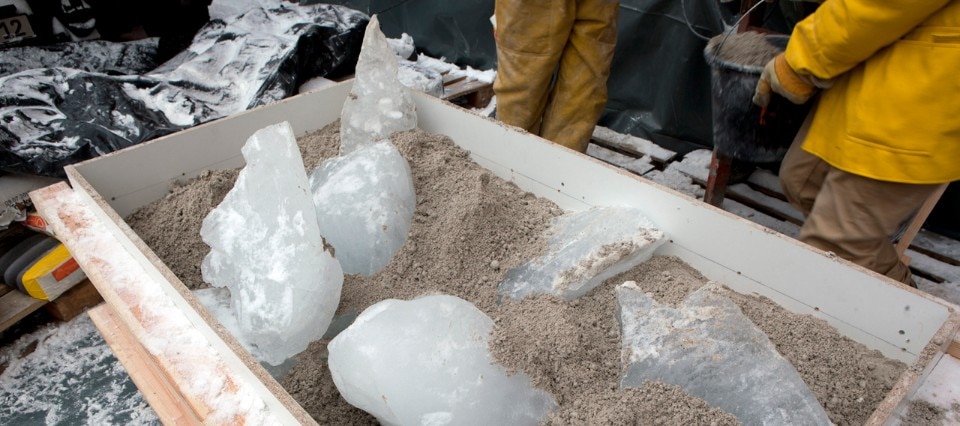
I suppose it is not by chance that the exhibition dedicated to SOS activities, currently taking place at Kunst in Merano, is entitled ‘Design of Collaboration’?
Of course. This retrospective, which is our first solo exhibition, is an opportunity for us to share our working methods, to show the collaborative process behind each of our projects. We want to explain that things do not happen by chance, but are the result of a series of decisions taken by all the individuals involved – from designers to clients, from citizens to municipalities – during the entire design process. A successful project is the result of a carefully curated design process, where different parts of the teams are well connected and a common vision on what we want to achieve is communicated.
Where do you carry out your business?
In Berlin. The idea was to share the same location as Studio Olafur Eliasson (SOE), which is situated in a former brewery, an inspiring red brick building with a great atmosphere for being creative. The two studios work independently but share ideas, impulses, research and, obviously, all the infrastructures.
But how do you decide whether you work for SOS or for Olafur Eliasson atelier?
It depends on the type of work. It becomes a task for SOS when the competence in the architectural field is a priority, be it an urban project or a building. But, when the project reflects an artistic operation, SOE takes on the task. The collaboration between the two studios is an integral part of the way we work.
Your partner, the artist Olafur Eliasson, has always been sensitive to climate change issues. The numerous installations and exhibitions he has made all over the world, which have always had a strong impact on public opinion, show evidence of this. Is sustainability the SOS field of research as well?
Of course, it is an absolute priority. We are convinced that it is time to radically change the way we build. In our practice we have always wondered about the construction methods of our works and, above all, about the type of materials we use, asking ourselves: where do they come from? How are they extracted and processed? How are they transported? The integration of all these activities into a carefully planned process can contribute to the inception of more sustainable buildings, well harmonised in their territorial context. And we really work hard in order to achieve this goal.
What do you mean?
We have created a lab inside SOS about a year ago to study more ecological and sustainable materials. There is a lot to do in this direction because using alternative materials means, at the same time, thinking about different buildings compared to the traditional ones, also in terms of their use. We are venturing into a new design and construction era which questions everything we thought we knew and were used to doing.
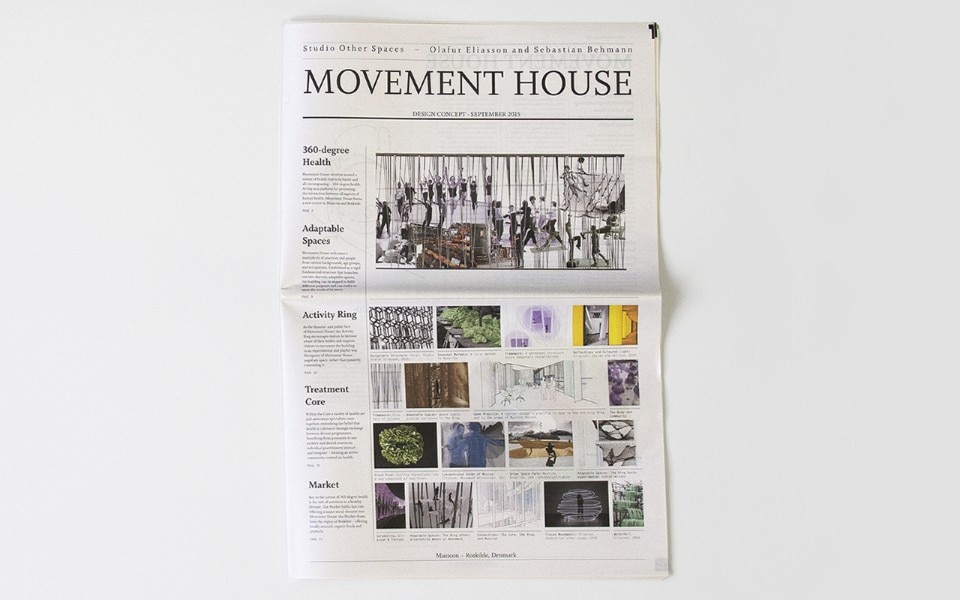
Would you like to give us some examples?
Well, speaking of alternative materials, the first one that comes to my mind is our proposal for the Ilulissat Icefjord Park in Greenland. For this design, we use giant ice blocks, collected in the nearby fjord, to create space by casting them in concrete. The ice shape, once melted, remains imprinted on the walls: a visitor’s reminder of the dramatic problem of melting glaciers.For the project Movement House in Denmark, we designed a building aimed at ‘cultivating health’, stimulating movement as a therapeutic and relational act.
Movement is also the source of inspiration for the Meles Zenawi Memorial Park in Addis Ababa, Ethiopia, which we have been working on since 2013 and which should be completed early next year. The project, dedicated to the late Prime Minister Meles Zenawi’s fight against poverty, realizes a sort of commemorative walk through a park, marked by seven ‘stations’, and leading to a campus for the Meles Zenawi Foundation – to offer the hardware for doing deeper research into the work and life of Meles Zenawi, the country’s history and to act as a laboratory for shaping the country’s future. The park is planned as a generous public space that welcomes people with diverse backgrounds and opinions – friends, supporters, and political adversaries alike. We want the site to encourage all visitors to become the protagonists of the future of Ethiopia.
If you had to describe SOS with an adjective?
I would use three of them: curious, experimental and ambitious.


